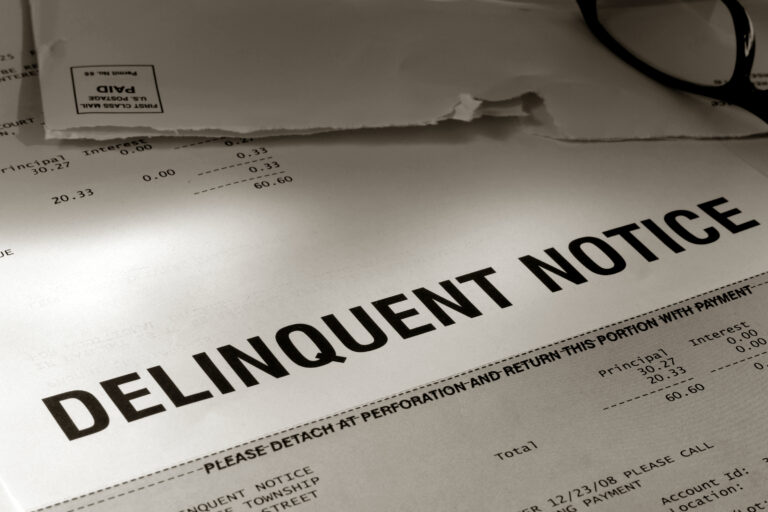Many businesses still rely on traditional accounts receivable processes, but may actually be ready for a more sophisticated solution. Historically, accounts receivable processes have been completed manually. However, creating invoices, communicating billing, and collecting payments by hand is time-consuming and can easily be affected by human error.
Businesses held back by traditional systems should consider automated solutions. Accounts receivable automation greatly increases efficiency, reduces errors, and mitigates the need for additional staffing and overhead.
Read on to learn more about the challenges of traditional accounts receivable workflows and how you can overcome them through automation.
1. Time-Consuming
Traditional accounts receivable processes are time-consuming and inefficient. Invoices must be manually generated and sent to customers. Then, payments must be manually collected, verified, and reconciled. Your accounts receivable staff also has to be acutely aware of outstanding accounts to send payment reminders and start the collection process.
Automation helps speed up the accounts receivable process to get you paid faster. For example, electronic invoices can be set to send the moment a sale is made, and automatic reminders can be programmed to encourage timely payments. This enables businesses to do more while spending less.
With automation, your team is no longer burdened by repetitive, inefficient tasks required for a bare minimum level of accounts receivable functionality. Instead, your accounts receivable team can focus on more important tasks and high-level business objectives.
Furthermore, reducing the time it takes to bill customers and collect payments reduces average days sales outstanding (DSO) and increases cash flow. Learn how Chowly reduced DSO by 28% and eliminated many hours of manual effort each week.
2. Asynchronous Workflows
Another challenge of traditional accounts receivable processes stems from the asynchronous workflows. Traditional accounts receivable workflows are siloed, meaning that information isn’t automatically shared between systems and manual action must be taken to consolidate this data. Asynchronous systems may lead to missed insights and trends, and ultimately, restrict your ability to keep a pulse on overall accounts receivable functionality at a glance.
Asynchronous systems and technology can also hinder your ability to modernize your accounts receivable department. If your systems aren’t compatible, you may have trouble introducing new solutions without a major overhaul. These systems may sort of work for your organization’s current state but can buckle under an increase in volume.
While a system overhaul is a large undertaking, the benefits are sure to outweigh the cost. Modern accounts receivable automation solutions integrate with other major accounting tools to create an environment that transitions seamlessly from application to application to help fuel growth.
3. Risk for Human Errors
Manual processes are more likely to produce errors than automated ones, and these errors can cause costly problems and directly impact cash flow.
For example, if an invoice has incorrect information or you apply a payment to the wrong invoice, you could experience a financial loss if you fail to collect on all outstanding invoices as a result of the error. While this error may be identified and corrected, it extends the process and reduces the amount of cash you have on hand while you wait.
Automation reduces the amount of manual input needed, which helps prevent inaccuracies. When you automate your accounts receivable process, you can trust that the output is accurate and spend less time combing through the details.
4. Less Flexible Payment Options
Every business can benefit from increased cash flow, and an easy way to increase cash flow is to offer convenient payment options, such as accepting card payments through an online customer portal.
Unfortunately, most businesses using traditional accounts receivable processes aren’t equipped to handle modern payment solutions. Instead, these businesses primarily deal with more manual payment methods such as checks. In fact, according to AFP’s 2019 Electronic Payments Survey, 42% of B2B payments were made with checks.
These barriers to payment slow down the invoice-to-cash process and ultimately cost you money. On the other hand, modern accounts receivable solutions make it easy for customers to pay you. Automated solutions offer features such as self-service portals, subscription billing, installment plans, and more so you can settle accounts quicker.
Learn how a branded payment portal helped iWave improve customer payment experience and reduce DSO by a week.
5. Difficult To Scale
Organizations often look for automated accounts receivable solutions during periods of growth. Why? Because traditional account receivable processes are hard to scale.
As your business grows, so do your accounts receivable needs. Manual processes may be sufficient for businesses with a low number of monthly invoices, but these workflows are quickly overwhelmed as a business grows. A traditional accounts receivable system will leave you unprepared for serious growth, resulting in time and resources being wasted on manual work, poor customer experience, and reduced cash flow potential.
Automation vastly improves receivables management and offers the flexibility necessary to scale with a business. Modern accounts receivable software solves the common challenges faced by more traditional practices to help you build efficiencies and fund business growth.
Modernize Your Accounts Receivable Process
Automation can take your accounts receivable functionality to the next level. Don’t let outdated workflows hold your business back when quality automated solutions are more attainable than ever.
Schedule a demo with Invoiced today to learn how we can improve your accounts receivable management to help get you paid faster. Our cloud-based solutions let you put accounts receivable on autopilot.






